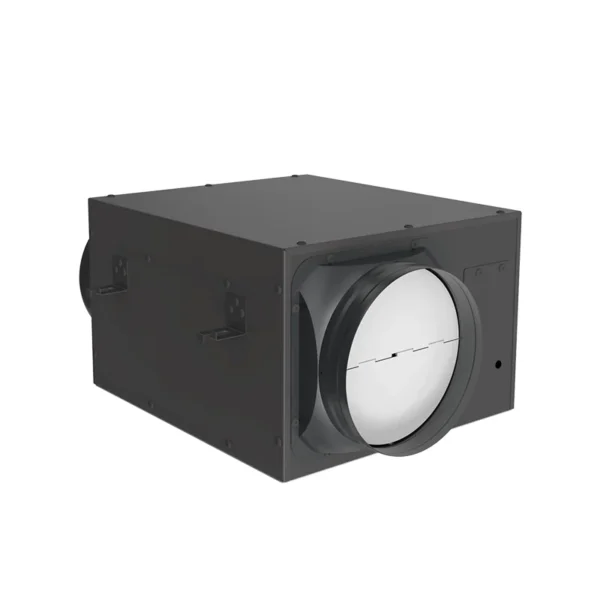
Duct Exhaust Fans: The Secret to Fresher Air & Lower Energy Bills
Proper ventilation is essential for maintaining air quality, reducing humidity, and eliminating odors in residential, commercial, and industrial spaces. A duct fan for exhaust is a crucial component in any ventilation system, ensuring efficient airflow and air exchange.
In this guide, we’ll explore:
✔ What is a duct exhaust fan?
✔ Benefits of using a duct fan for exhaust
✔ Key features to consider when choosing one
✔ Top applications for duct exhaust fans
✔ Installation and maintenance tips
What Is a Duct Fan for Exhaust?
A duct fan for exhaust (also called an inline duct fan or exhaust duct fan) is a mechanical ventilation device installed within ductwork to enhance airflow. It helps extract stale air, smoke, fumes, or excess moisture from buildings, improving indoor air quality.
These fans are commonly used in:
Kitchens (range hood exhaust)
Bathrooms (humidity control)
Warehouses & workshops (fume extraction)
Greenhouses (air circulation)
Commercial buildings (HVAC systems)
Benefits of Using a Duct Exhaust Fan
Improved Air Quality – Removes pollutants, allergens, and odors.
Moisture Control – Reduces mold and mildew by venting humid air.
Energy Efficiency – Helps HVAC systems work more effectively, lowering energy costs.
Noise Reduction – Many modern duct fans operate quietly.
Versatility – Can be installed in various duct configurations.
Key Features to Consider When Choosing a Duct Fan for Exhaust
When selecting the best duct exhaust fan, consider:
✅ Airflow Capacity (CFM – Cubic Feet per Minute) – Choose based on room size and ventilation needs.
✅ Duct Size Compatibility – Ensure the fan fits your existing ductwork (4”, 6”, 8”, etc.).
✅ Noise Level (dB Rating) – Look for low-noise models for residential use.
✅ Motor Type – AC or DC motors (DC is often more energy-efficient).
✅ Build Quality – Corrosion-resistant materials (e.g., galvanized steel or plastic) for durability.
✅ Speed Control – Adjustable speed settings for better airflow management.
Top Applications for Duct Exhaust Fans
Kitchen Ventilation – Removes cooking fumes and grease.
Bathroom Exhaust – Prevents moisture buildup and mold.
Industrial Ventilation – Extracts fumes, dust, and chemicals.
Grow Room & Greenhouse Ventilation – Regulates temperature and humidity.
Attic & Basement Venting – Reduces heat and dampness.
Installation & Maintenance Tips
✔ Proper Placement – Install near the exhaust point for maximum efficiency.
✔ Secure Mounting – Use vibration dampeners to reduce noise.
✔ Regular Cleaning – Remove dust and debris to maintain airflow.
✔ Check for Leaks – Ensure duct connections are sealed properly.
Conclusion
A duct fan for exhaust is a vital tool for maintaining clean, fresh air in any space. Whether for residential, commercial, or industrial use, selecting the right fan ensures better ventilation, energy savings, and a healthier environment.
Looking for the best duct exhaust fan? Compare airflow ratings, noise levels, and durability to find the perfect fit for your needs!

